Ultimate Guide to Bird Feeders Australian Native: Attract Local Wildlife to Your Garden
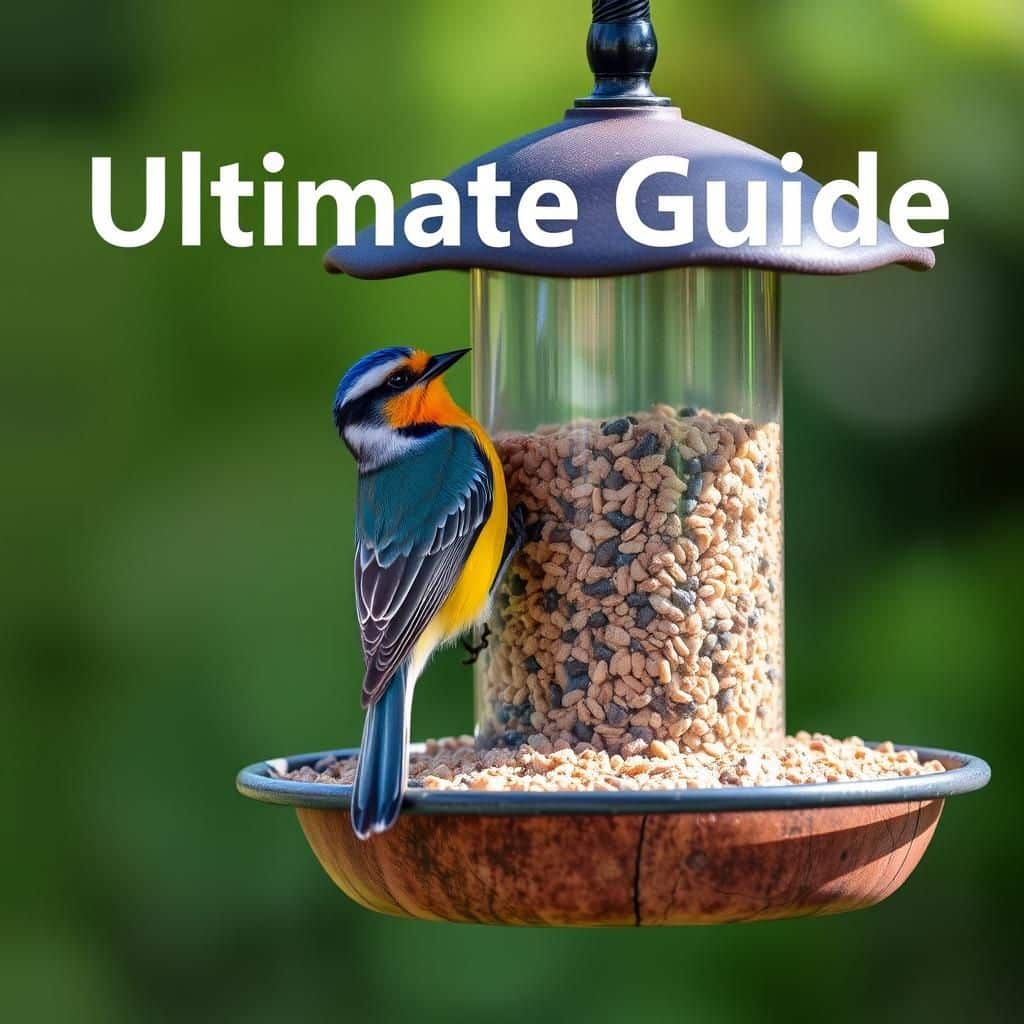
Bird feeders are an excellent way to enhance your garden while supporting local wildlife. Specifically designed for Australian native birds, these feeders not only attract colorful and diverse species but also contribute to their conservation. In this ultimate guide, we'll explore the best bird feeders suited for different native species, the types of food they prefer, and tips for creating a welcoming environment. Whether you are a seasoned birdwatcher or a beginner looking to connect with nature, setting up a bird feeder in your garden can provide endless joy and insights into the vibrant avian life residing in Australia.
Understanding Bird Feeders for Australian Native Birds
Bird feeders designed for Australian native birds are essential in supporting the diverse bird species found in this region. These feeders cater specifically to the dietary needs of various birds, such as nectarivores like the honeyeater and lorikeet, seed-eaters like the cockatoo, and insectivores such as the fantail and broad-tailed grasswren. By using native plants and suitable feeder designs, homeowners can attract and sustain these unique species, creating a peaceful habitat that promotes biodiversity. It's crucial to understand which type of food and feeder will best serve the local bird population, ensuring that these beautiful creatures thrive in urban and suburban environments.
Types of Bird Feeders for Native Birds
There are numerous types of bird feeders specifically designed for Australian native birds. These include nectar feeders, which attract birds like honey eaters and lorikeets; seed feeders, which benefit seed-eating species such as galahs and corellas; and insect feeders that attract insectivorous birds. Each type serves distinct functions, with designs tailored to accommodate the feeding behaviors and preferences of various species. Utilizing a combination of these feeders can enhance the diversity of birds visiting your garden.
Best Foods for Australian Native Birds
Feeding Australian native birds involves providing suitable food that mimics their natural diet. For nectar feeders, a sugar-water solution can be offered, resembling the nectar from native plants. Seed feeders should include a mix of seeds such as sunflower seeds, millet, and canola. Insectivorous species benefit from protein sources like mealworms or insects found in the garden. Understanding the specific dietary needs of local bird species is essential for promoting their health and attracting them effectively.
Location and Placement of Feeders
The placement of bird feeders is critical in attracting Australian native birds. Ideally, feeders should be positioned in quiet areas with some natural cover, such as trees or shrubs, providing birds with safety from predators. It’s best to place feeders at varying heights to cater to different species. Additionally, avoiding direct sunlight will help maintain the food's quality and keep birds comfortable while feeding. Regularly rotating the locations can also minimize the impact of potential pests and encourage a wider range of birds.
Maintenance of Bird Feeders
Proper maintenance of bird feeders is essential to ensure the health of Australian native birds and promote a safe feeding environment. Regular cleaning should be done to remove mold, bacteria, or spoiled food, which can harm birds. Ideally, feeders should be cleaned with a solution of vinegar and water every two weeks, especially during peak feeding seasons. Maintaining an appropriate supply of fresh food and ensuring that feeders are free of debris will attract more birds and prevent the spread of diseases among the visiting populations.
Benefits of Attracting Native Birds
Attracting Australian native birds to your garden through well-designed feeders offers numerous ecological benefits. These birds play vital roles in pollination, seed dispersal, and pest control, contributing to the balance of local ecosystems. Moreover, witnessing these birds fosters a connection to nature, enhances the beauty of your outdoor space, and promotes biodiversity in urban settings. Engaging in birdwatching and supporting local wildlife can also lead to greater awareness and appreciation for the unique avian life of Australia.
| Type of Feeder | Target Bird Species | Food Type |
|---|---|---|
| Nectar Feeder | Honeyeaters, Lorikeets | Sugar-water solution |
| Seed Feeder | Cockatoos, Galahs | Sunflower seeds, Millet |
| Insect Feeder | Fantails, Grasswrens | Mealworms, Crickets |
| Platform Feeder | Pigeons, Doves | Mixed seeds |
| Suet Feeder | Woodpeckers, Scrub Wrens | Suet cakes |
What can I feed native Australian birds?
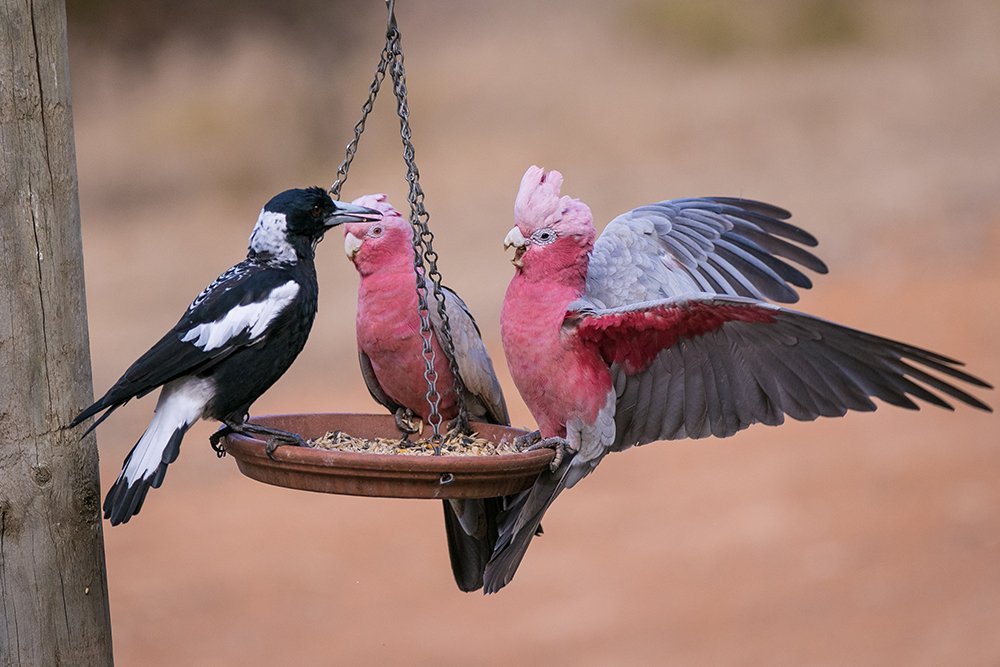
Feeding native Australian birds can be a rewarding experience. However, it is crucial to provide the right foods that cater to their natural diets to ensure their health and well-being. The types of food you can offer vary depending on the species you wish to attract. Here are some recommended foods for various native Australian birds:
Seed Mixes
Native Australian birds such as finches, parrots, and cockatoos enjoy a variety of seeds. You can create a nutritious seed mix that will attract multiple species.
See also: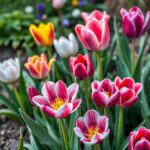
- Sunflower seeds: Rich in oils, they provide energy.
- Millet: A favorite among many small birds.
- Canary seed: Often enjoyed by finches and other small birds.
Fruits and Vegetables
Many Australian birds are fruit-eaters and appreciate a selection of fresh produce. Offering them fruits can be a delightful addition to their diet.
- Apples: Provide sliced apples, avoiding the seeds.
- Bananas: Ripe bananas are particularly appealing to various species.
- Carrots: Cut into small pieces, carrots can attract foraging birds.
Nectar Sources
Birds like the Australian honeyeater are nectar feeders and require specific food formulated for their needs.
- Nectar solutions: You can mix sugar and water in a ratio of 1:4.
- Commercial nectar mixes: Available at pet stores, these are designed for nectarivorous birds.
- Native flowering plants: Planting local flora can provide a natural nectar source.
Insects and Protein Sources
Certain species, such as the Australian magpie and the grey butcherbird, thrive on protein-rich diets. Supplementing their food with insects can support their nutritional needs.
- Mealworms: High in protein, they are favored by many birds.
- Crickets: A great source of protein, ideal for insectivorous birds.
- Commercial insect feed: Often available, these attract a variety of birds.
Grains and Nuts
Some native birds, including species that reside in urban areas, benefit from offering grains and nuts.
- Oats: Rolled or whole oats can be a good food option.
- Peanuts: Unsalted peanuts in the shell are attractive to many birds.
- Rice and breadcrumbs: Though less common, they can occasionally be offered in moderation.
What are the seed eating birds in Australia?

Australia is home to a diverse array of seed-eating birds, many of which have adapted to the unique habitats found across the continent. These birds play a crucial role in the ecosystem by helping to disperse seeds, which contributes to plant health and biodiversity. Here is a selection of significant seed-eating birds found in Australia:
Types of Seed-Eating Birds
Seed-eating birds can be categorized into several families, each exhibiting unique characteristics and feeding behaviors. The most notable families include:
- Finches: These small birds are well-adapted for seed consumption, boasting strong, conical bills for cracking open seeds.
- Parrots: With their strong beaks, parrots can access tough seeds, nuts, and fruits. Some of the most colorful species are found in this group.
- Wallabies: While not strictly birds, these animals occasionally feed on seeds, contributing to the wider seed-eating narrative.
Common Seed-Eating Birds
Some of the most common seed-eating birds in Australia include:
- Gouldian Finch: Known for their vibrant plumage, these finches feed on grass seeds and are often found in small flocks.
- Red-browed Firetail: This small bird frequents dense vegetation and feeds on seeds and insects, contributing to pest control.
- Australian Cockatoo: Large and intelligent, species like the Sulphur-crested Cockatoo are known for their destructive feeding habits but play an essential role in seed dispersal.
Feeding Habits and Behavior
Seed-eating birds exhibit various feeding behaviors that enable them to thrive in Australia’s diverse habitats:
- Foraging Techniques: These birds often forage in pairs or groups, increasing their efficiency in finding seeds.
- Storage of Food: Some species, like the Australian Magpie, will store seeds or hide them for later use, ensuring a food supply during scarce times.
- Dietary Variety: While primarily seed eaters, many of these birds also consume fruits, nectar, and insects, providing a balanced diet.
Ecological Importance
Seed-eating birds play a vital role in their ecosystems, influencing both plant communities and soil health:
See also: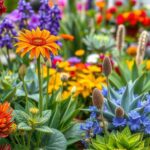
- Seed Dispersal: By consuming and then excreting seeds, these birds help in the propagation of various plant species.
- Soil Health: Their foraging behavior aerates the soil, helping with nutrient cycling and promoting healthier vegetation.
- Control of Plant Populations: By feeding on certain seeds, they help to regulate plant populations, preventing dominance by any particular species.
Conservation Status
Many seed-eating bird species in Australia are facing various threats that impact their populations and habitats:
- Habitat Loss: Urbanization and land clearing have significantly reduced natural habitats, forcing many species to adapt or decline.
- Climate Change: Changing climates affect seed availability and migration patterns, posing risks to food sources.
- Invasive Species: The introduction of non-native species often disrupts local ecosystems, leading to declines in native seed-eating bird populations.
Is it against the law to feed wild birds in Australia?
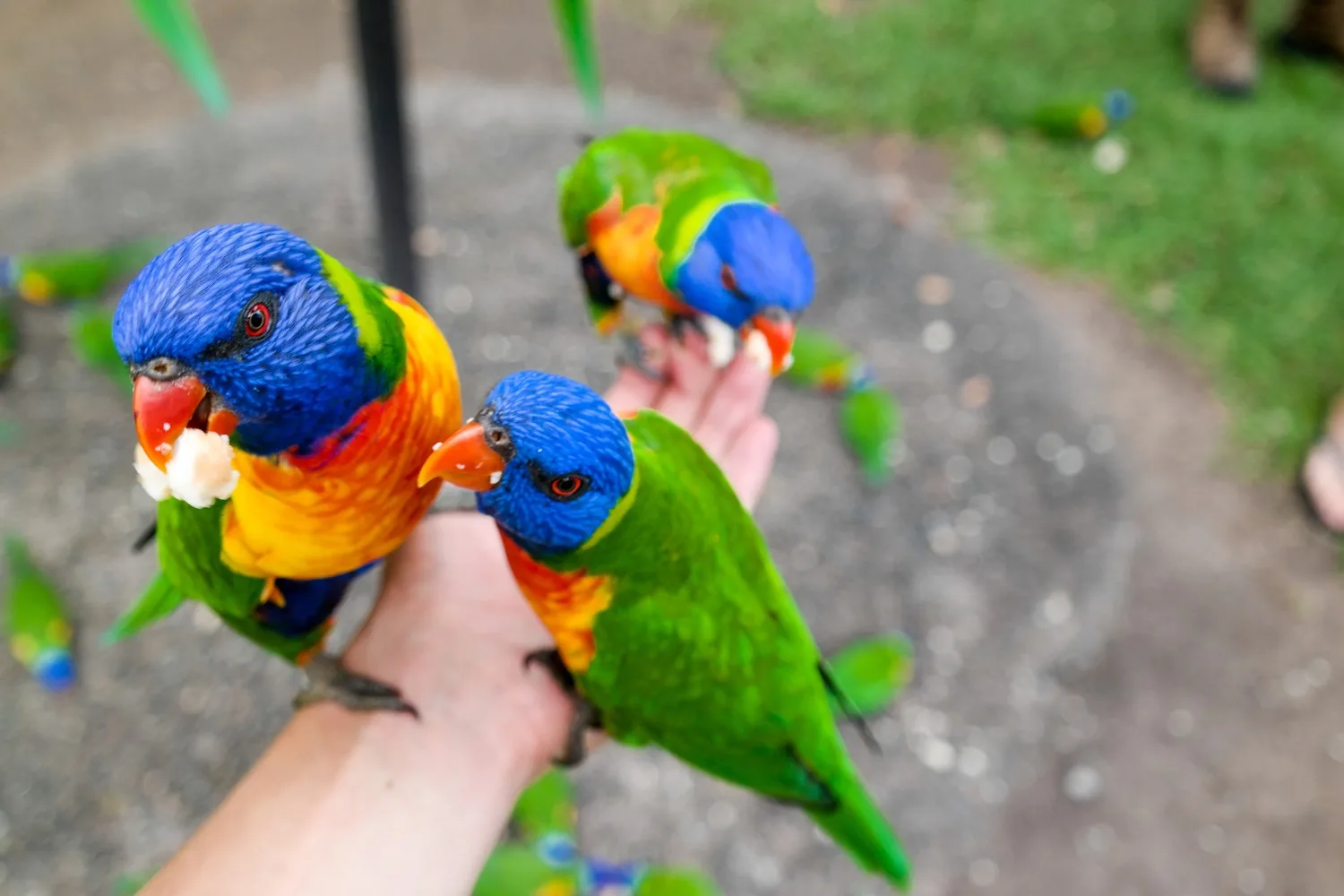
Feeding wild birds in Australia is a topic of varied regulations that can differ significantly depending on the specific region or territory. In many places, it is not explicitly against the law to feed wild birds; however, there are important considerations to keep in mind regarding wildlife welfare, local regulations, and ecological impacts that can make feeding birds problematic.
Local Regulations on Feeding Birds
In Australia, local councils and state governments are tasked with overseeing wildlife protection. Depending on your location, instructions regarding the feeding of wild birds can vary. Here are some key points to consider:
- Urban Areas: Many urban councils discourage feeding birds, particularly in parks, due to concerns about overpopulation and dependence.
- Protected Species: Some areas have specific laws protecting native birds, which might restrict feeding in certain circumstances.
- Fines: In some regions, violating local wildlife feeding regulations can result in fines.
Impact on Bird Behavior
Feeding wild birds can disrupt their natural behaviors and stress their populations. Here are some impacts to consider:
- Dependence: Regular feeding can lead to birds depending on human-provided food, which may not be nutritionally complete.
- Habituation: Birds may become accustomed to human presence, increasing their vulnerability to predators.
- Health Risks: Overcrowding at feeding sites can lead to the spread of diseases among bird populations.
Ecological Consequences
Feeding birds can lead to unintended ecological consequences that affect both the birds and the environment. Here are some concerns:
- Altered Migration Patterns: Supplementary feeding can change migration behaviors, impacting breeding success.
- Invasive Species: Feeding can encourage the presence of invasive bird species that outcompete native populations.
- Ecosystem Balance: High concentrations of birds can disrupt local ecosystems and food chains.
Alternatives to Feeding
Instead of directly feeding wild birds, there are alternative practices that can benefit them while avoiding legal complications. Consider these options:
- Plant Native Flora: Providing natural food sources such as native plants helps sustain local bird populations.
- Bird Baths: Installing water sources can attract birds without creating dependency.
- Creating Habitats: Building nesting boxes or preserving natural habitats can support birds in a sustainable manner.
Conclusion and Further Reading
While there is no universal law against feeding wild birds across Australia, it's essential to be aware of the regulations in your area and the potential impacts on wildlife. For further reading, consider the following resources:
- Local Wildlife Agencies: Check with local government websites for regulations regarding wildlife interactions.
- Birdwatching Organizations: Groups such as BirdLife Australia provide insights on responsible bird practices.
- Ecological Studies: Research articles often explore the effects of feeding wildlife and can offer data-driven insights.
Questions from Our Readers
What types of birds can visit Australian native bird feeders?
Many species of native birds in Australia, such as honey eaters, wrens, and cockatoos, are attracted to bird feeders. These feeders can help provide essential food sources and encourage diverse wildlife in your garden, fostering a connection with the local ecosystem.
How should I choose the right bird feeder for native Australian birds?
Choosing the right bird feeder involves considering the size, design, and feeding preferences of Australian birds. Opt for feeders specifically designed for native species, ensuring they offer a mix of nectar, seeds, and fruits to cater to the different diets of these birds.
See also: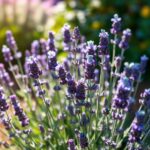
What food is best to put in Australian native bird feeders?
The best foods for Australian native bird feeders include nectar, high-quality seed mixes, and fruit like apples and oranges. You can also use specialty mixes that attract specific birds, providing them with the nutrients they need while supporting their health and well-being.
How can I maintain my bird feeder for native Australian birds?
Maintaining your bird feeder is crucial; ensure it is cleaned regularly to prevent mold or disease. Also, consider refilling the feeders with fresh food frequently and securely placing them in an open yet sheltered location to protect the birds and allow for safe feeding.

If you want to read more articles like Ultimate Guide to Bird Feeders Australian Native: Attract Local Wildlife to Your Garden, we recommend you check out our Landscaping category.
Leave a Reply
Related Articles